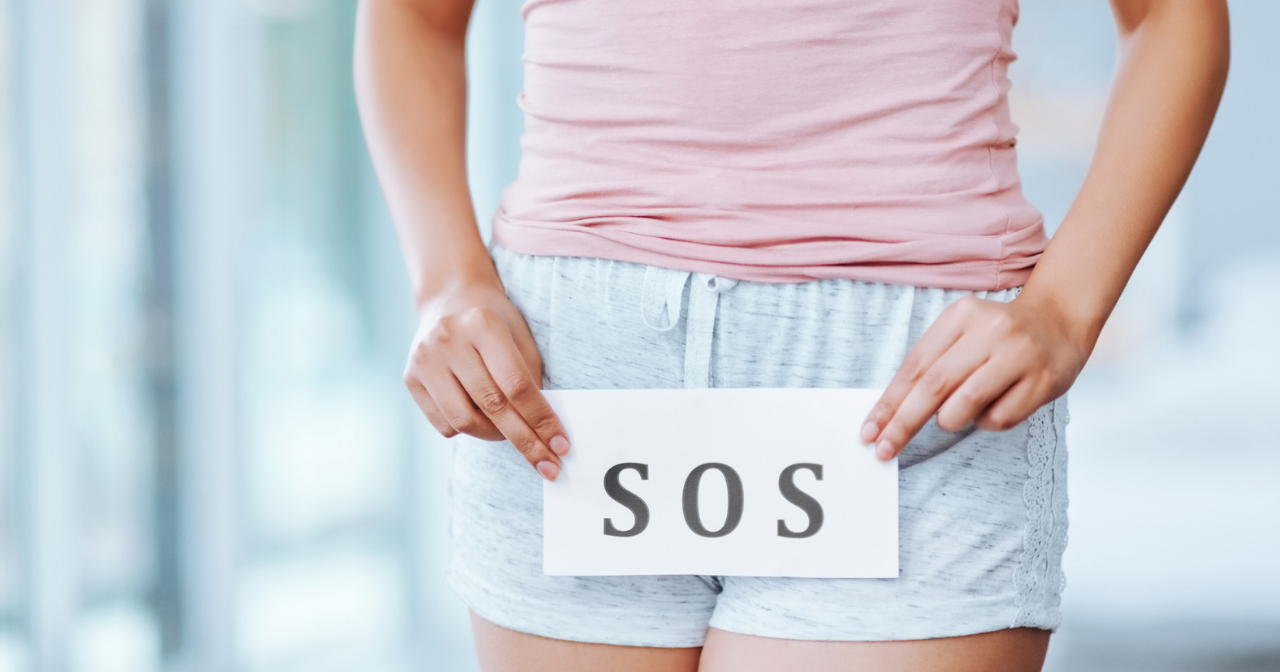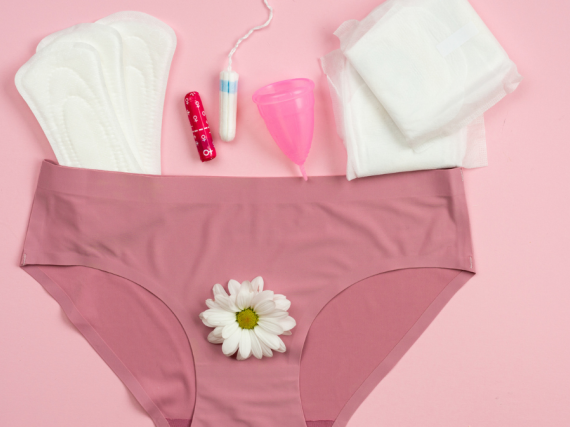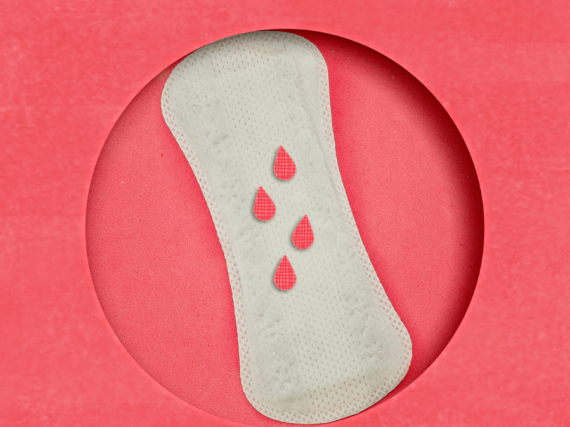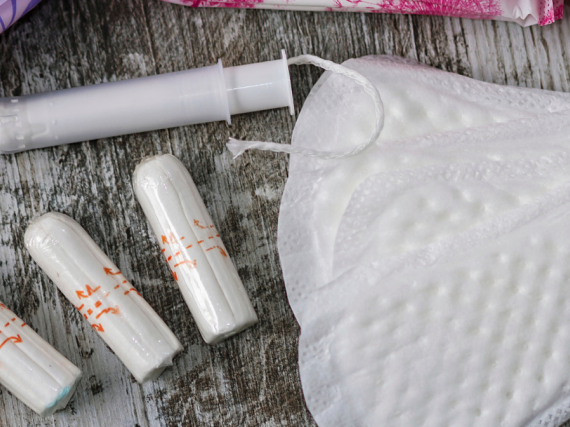How Birth Control Can Ease Painful Periods
On May 28, along with numerous other organizations, we recognize Menstrual Hygiene Day. This campaign aims to reduce the silence around and raise awareness of periods and advocate for people who have periods around the globe to have access to what they need to effectively manage their menstrual hygiene. Not having access to what is needed for good menstrual hygiene can lead to physical burdens like reproductive and urinary tract infections, and psychosocial burdens like being pulled from school early as a result of having a period, as happens in some countries.
Even for those who have the ability to manage their periods, periods can represent the worst time of their month. It’s normal to have some cramping, bloating, nausea, or diarrhea before period start each month. These symptoms can continue for a few days after the period starts, and they can be annoying. Many suffer from severe period pain too. The three most common period-related conditions are dysmenorrhea, polycystic ovary syndrome (PCOS), and endometriosis.
People with dysmenorrhea experience abdominal pain, lower back pain, and cramping during their period and the symptoms are bad enough to interfere with their daily routine. Those with PCOS have a hormone imbalance that causes cysts to grow on their ovaries and can cause heavy, irregular, or painful periods. Endometriosis is a condition where tissue grows outside of the uterus instead of inside, causing pelvic pain.
A highly recommended solution for all three conditions? Hormonal birth control.
All types of hormonal birth control reduce pain better than over-the-counter medication. The hormonal IUD, the implant, the shot, the pill, the patch, and the ring can all make periods lighter because these contraceptive methods make the lining of the uterus thinner. And a thinner uterus lining has less tissue to shed, resulting in lighter periods.
Some types of contraception can even help reduce the overall number of periods for months or even years at a time. One of the best ways to treat painful periods is with the hormonal IUD, which makes periods lighter and shorter for nearly all users, and many stop getting periods even after one year of use. Similarly, around half of all who use the shot stop getting their periods after one year. And by taking the pill or using the ring continuously it’s possible to stop menstruation completely.
All this matters because more than 19 million US women in need do not have reasonable access in their county to a public clinic that offers the full range of contraceptive methods. They live in what we call contraceptive deserts. For young people with annoying or even painful periods, living in a contraceptive desert creates a significant roadblock on the path of opportunity. And we know that there are plenty of people in the US who don’t qualify for publicly funded contraception who also rely on these health centers. It’s likely that 19.5 million is a conservative estimate of those affected by contraceptive deserts.
Understanding your body, knowing what’s normal and what isn’t, and having the ability to get the right type of birth control are all necessary for young people to live life on their own terms. But helping ensure that people have access to the full range of contraceptive methods is only part of the answer. It’s also necessary to reduce the stigma surrounding menstruation. So please join us in saying #NoMoreLimits and help to break the silence around periods.



